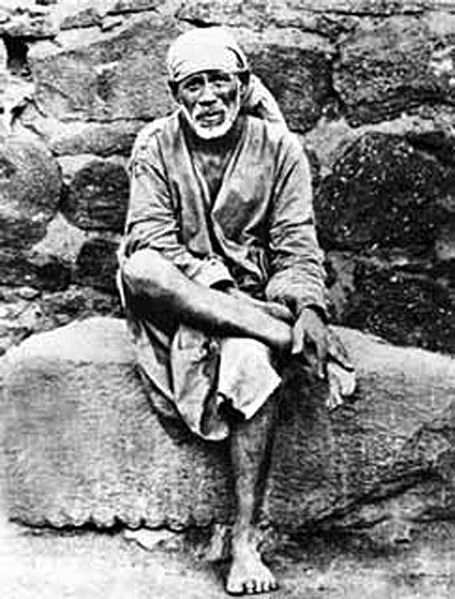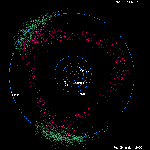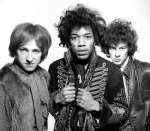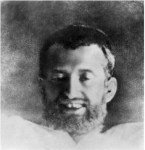I am slowly eliminating this page because it uses a lot of memory space and hardly anyone views it. Let me, as I am pruning, know if there are parts you would like to have me keep.
Thich Nhat Hahn
One of the best known and most respected Zen masters in the world today, poet, and peace and human rights activist, Thich Nhat Hanh (called Thây by his students) has led an extraordinary life. Born in central Vietnam in 1926 he joined the monkshood at the age of sixteen. The Vietnam War confronted the monasteries with the question of whether to adhere to the contemplative life and remain meditating in the monasteries, or to help the villagers suffering under bombings and other devastation of the war. Nhat Hanh was one of those who chose to do both, helping to found the “engaged Buddhism” movement. His life has since been dedicated to the work of inner transformation for the benefit of individuals and society.
In Saigon in the early 60s, Thich Nhat Hanh founded the School of Youth Social Service, a grass-roots relief organization that rebuilt bombed villages, set up schools and medical centers, resettled homeless families, and organized agricultural cooperatives. Rallying some 10,000 student volunteers, the SYSS based its work on the Buddhist principles of non-violence and compassionate action. Despite government denunciation of his activity, Nhat Hanh also founded a Buddhist University, a publishing house, and an influential peace activist magazine in Vietnam.
Thich Nhat Hanh – No Death, No Fear – 1 of 8
Thich Nhat Hanh – No Death, No Fear – 2 of 8
Thich Nhat Hanh – No Death, No Fear – 3 of 8
Thich Nhat Hanh – No Death, No Fear – 4 of 8
Thich Nhat Hanh – No Death, No Fear – 5 of 8
Thich Nhat Hanh – No Death, No Fear – 6 of 8
Thich Nhat Hanh – No Death, No Fear – 7 of 8
Thich Nhat Hanh – No Death, No Fear – 8 of 8
Go to Thich Nhat Hahn’s website here.
Music: Krishnadas
From his website–
Chanting (Kirtan) is a part of the path of Devotional Yoga.
When we see the beauty of our own being we are seeing the beauty of the Being that is the One of which we are all a part. And when we turn towards that One, love is the natural reaction of the heart.
God or Guru is an endless ocean of love truth and presence. First we may hear the distant roar of the crashing waves of the ocean and we’re drawn to that sound. As we get closer, we can smell the ocean air and taste the sweet moisture. When we reach the beach and see the ocean for the first time, we’re transfixed by the vastness and Beauty. We run and we dive in and enjoy the freedom that comes from this ecstasy. Finally we merge with that ocean of love and somehow find ourselves back on the shore, returning to ourselves so that we can share the experience with others.
Those that have returned have given us these Names of God. These Names are the sound of the surf of that Ocean of Love. They hold the power to help us find our way back to that ocean. We don’t have to create anything; we don’t have to manufacture any emotions or feelings. We can’t make it happen. It already is. All we have to do is Remember. Everyone has their own path to this beach, to the Ocean, but we all wind up in the same place. There is only one…One.
The following is an excerpt from ‘Pilgrim of the Heart’ audio series by Krishna Das:
“The words of these chants are called the divine names and they come from a place that’s deeper than our hearts and our thoughts, deeper than the mind. And so as we sing them they turn us towards ourselves, into ourselves. They bring us in, and as we offer ourselves into the experience, the experience changes us. These chants have no meaning other than the experience that we have by doing them. They come from the Hindu tradition, but it’s not about being a Hindu, or believing anything in advance. It’s just about doing it, and experiencing. Nothing to join, you just sit down and sing.”
Satsang is where people gather together to remember, to turn within and find their own inner path to the One. When we gather together to sing like this we are helping each other find our own paths. We all must travel this path by ourselves because each of us is our own path. All these paths wander on in their own way, but in truth we are all travelling together and until the last of us arrives we will all keep travelling. So let’s sing!
‘And when he sees me in all and sees all in me,
Then I never leave him and he never leaves me.
And he, who in this oneness of love
Loves me in whatever he sees,
Wherever this man may live,
In truth, he lives in me…’
Bhagavad Gita, VI:30,31
One Track Heart
PDF/ Books &Various Dharma Talks
[Ebook of Kornfields Teacher]A Tree in a Forest – A Collection of Ajahn Chah’s Similes
The Origin of Suffering
The Avatamsaka Texts– (click for big picture)
Sufi saint: Shirdi Sai Baba-
untainted
From Wikipedia article:
Sai Baba of Shirdi (September 28, 1838 – October 15, 1918), also known as Shirdi Sai Baba (Marathi: शिर्डीचे श्री साईबाबा,Urdu: شردی سائیں بابا), was an Indian guru, yogi, and fakir who is regarded by his Hindu and Muslim devotees as a saint. Hindu devotees consider him an incarnation of Lord Dattatreya. Many devotees believe that he was a Sadguru, an enlightened Sufi Pir (Urdu: پیر), or a Qutub. He is a well-known figure in many parts of the world, but especially in India, where he is much revered.
Sāī is of Sanskrit origin, meaning “Sakshat Eshwar” or the divine. The honorific “Baba” means “father; grandfather; old man; sir” in Indo-Aryan languages. Thus Sai Baba denotes “holy father” or “saintly father”.
His parentage, birth details, and life before the age of sixteen are obscure, which has led to speculation about his origins.
Sai Baba had no love for perishable things and his sole concern was self-realization. He remains a very popular saint,[2] and is worshipped by people around the world. He taught a moral code of love, forgiveness, helping others, charity, contentment, inner peace, and devotion to God and guru. Sai Baba’s teaching combined elements of Hinduism and Islam: he gave the Hindu nameDwarakamayi to the mosque he lived in,practiced Hindu and Muslim rituals, taught using words and figures that drew from both traditions, and was buried in a Hindu temple in Shirdi. One of his well known epigrams, “Sabka Malik Ek ” (“One God governs all”), is associated with both the Bhagavad-Gita and Sufism. He always uttered “Allah Malik“ (“God is King”).
Though the debate over his Hindu or Muslim origins continues, many of his practices point more to his being a Muslim: believing in the unity of God, reciting Al-Fatiha and other Qur’anic readings at Muslim festival times, listening to hamds and qawwali twice daily,practicing Salah (Namaz), wearing clothing reminiscent of a Sufi fakir, eating meat, and abstaining from alcohol. A mosque still stands in Shirdi, a place in which he once lived and continued to visit regularly. According to Purdom, when Kulkarni Maharaj requested Upasni Maharaj to pay a visit to Sai Baba, Upasni replied ‘Why should I go to a Muslim?’































































Nice web site. Interesting that pretty much all of these choices for pics and videos are interconnected through the Guru Parampara. You are only missing Swamiji Sri Kaleshwar. He was a student of Sai Baba, and reincarnation from Ramana Maharshi, beloved of Kali Ma, and his Guru was Shirdi Baba (who came to him in visions), and he also interpreted many important palm leaf books, bringing back the corrected versions of many mantras in the original Telugu language. Go watch him do the fire puja on YouTube.
LikeLike
Hi, Do you still have the audio file for origin of suffering or anything else from the forest monastery tradition? Thank you.
LikeLike
Yes, and I’ll find it soon and get it to you! Life is happening right now, but I will get back.
LikeLike
Hi, your website is really nice. Your devotion shines through. I wanted to just mention about your page on Sri Prahlad Chandra Brahmachari (my Baba). It is full of good tales about him, which I love to see. But in fact, Baba did have a Guru. He met his Guru physically only once, and the story of that meeting is included somewhere on that website that Billy (Bill Morgan – I think you know him?) put together. There is even a video posted there of Baba relating the story of meeting his Guru (it is one of the very few videos we have of Baba). Also, Baba was always adamant in telling people that it is necessary to take a Guru. He even told a beautiful Vedic story about this; I have one here somewhere about. It has been probably several years since you wrote this website, and I have no idea if you will see this message or not, but I just wanted to mention it.
LikeLike
Thank you for your kind words and corrections. I get so little feedback generally and I super appreciate it.
LikeLike
I would suggest saying something like, “He met his Guru only once, and afterwards received instruction from his Guru and from the Divine Mother directly through insight. He used to say that everyone needs to take a Guru, but it is only necessary to meet your Guru once.” Also, for some great souls (but they must be great souls!) it is possible to receive initiation inwardly, in visions, or even in a dream. There is more to say, but I do not want to write it all for public view, and I see no method here to write privately.
LikeLike